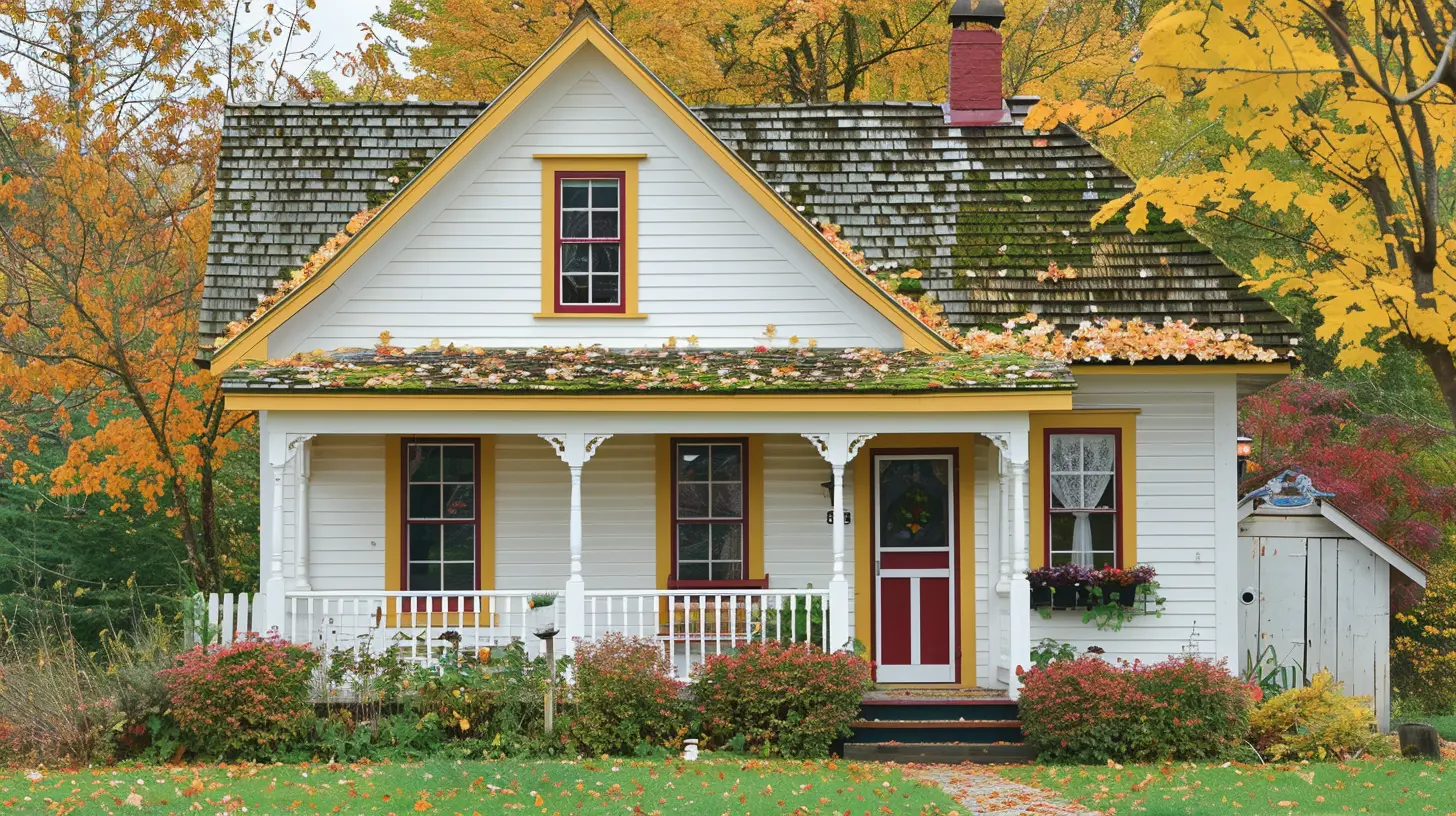How to Handle the Emotional Challenges of Moving to a Retirement Home
6 November 2025
Moving to a retirement home is a major life transition. It’s not just about packing boxes and signing papers—it’s about leaving behind years of memories, routines, and even a sense of independence. For many, this move stirs up a whirlwind of emotions: anxiety, sadness, nostalgia, and even fear. But here’s the thing—it’s completely normal to feel this way.
If you or a loved one is facing this change, take a deep breath. You're not alone, and with the right mindset and preparation, the emotional hurdles can become much easier to manage. Let's break it down and talk about how to navigate the feelings that come with this significant move.

Acknowledge Your Feelings
First things first—give yourself permission to feel whatever you’re feeling. Moving into a retirement home isn’t just another house change; it’s a shift in lifestyle.- Sadness may creep in as you leave behind a home filled with years of memories.
- Anxiety might hit hard when you think about adjusting to a new environment.
- Fear of the unknown and of losing independence can feel overwhelming.
Rather than pushing these emotions aside, recognize them. Talk about them with trusted friends, family, or even a therapist. Suppressing emotions only makes the transition harder. Instead, face them head-on with an open heart and mind.

Focus on the Benefits
When emotions start running high, it’s easy to dwell on the negatives. But let’s flip the script—what about the positives?- Less home maintenance – No more fixing leaky faucets or worrying about lawn care.
- More social interaction – Retirement communities offer opportunities to meet new friends and engage in activities.
- Health and safety – With medical assistance nearby, you’ll have peace of mind knowing help is available if needed.
- Freedom from chores – Many retirement homes provide meals, cleaning, and laundry services, allowing you to focus on enjoying life.
Instead of seeing this move as losing something, reframe it as gaining a new chapter—one that can be filled with exciting experiences.

Say Goodbye the Right Way
Leaving behind a family home is tough. Every nook and cranny holds a memory, from holiday gatherings to ordinary Sunday mornings sipping coffee in the kitchen.Take time to properly say goodbye:
- Walk through each room and recall the good times.
- Take pictures of meaningful spaces to create a memory album.
- Host a farewell gathering to celebrate the home rather than mourn its loss.
This isn’t about dismissing your emotions—it’s about honoring your past while making room for the future.

Get Involved in Your New Community
One of the biggest fears people have about moving to a retirement home is loneliness. But guess what? Retirement homes are built for socializing! Many offer clubs, events, and activities tailored to different interests.- Try something new – Maybe you’ve always wanted to paint, play cards, or start a book club. Now’s your chance!
- Join community events – Attending social gatherings can help you make connections faster.
- Reach out to others – Chances are, many of your new neighbors felt the same way when they first arrived. A friendly “hello” can go a long way in forming new friendships.
The sooner you engage with others, the sooner your new space starts to feel like home.
Personalize Your Space
Just because you're moving into a retirement home doesn’t mean it can’t feel like home. Make it yours!- Bring familiar items – Photos, favorite blankets, and cherished furniture pieces can provide comfort.
- Decorate in your style – Whether it’s colorful artwork or cozy rugs, your personal touch will help create a sense of belonging.
- Keep sentimental objects – A favorite mug, a framed letter from a loved one, or a treasured book can add warmth to your space.
A few personal touches can turn an unfamiliar setting into a place of comfort and familiarity.
Maintain Strong Connections
Moving into a retirement home doesn’t mean you have to drift away from loved ones. In fact, staying connected is crucial for emotional well-being.- Schedule regular visits – Set aside time for family and friends to come by.
- Use technology – Video calls, social media, and messaging apps can help maintain close relationships.
- Plan outings – Just because you've moved doesn’t mean you’re stuck! Plan dinners, movie nights, or park visits with loved ones.
Strong connections make transitions easier, so nurture the relationships that matter most.
Give Yourself Time
Adjusting to a retirement home doesn’t happen overnight. Like any major life change, it takes time. You might not feel comfortable right away, and that’s okay.- Be patient with yourself – It may take weeks or months to fully settle in.
- Allow for ups and downs – Some days will feel great, others may be challenging. Ride the wave.
- Celebrate small wins – Whether it’s making a new friend or finding a favorite spot to relax, acknowledge the positives.
With time, what once felt unfamiliar will begin to feel like home.
Seek Support When Needed
If the transition feels overwhelming, don’t shy away from seeking support. There are many people who can help:- Family and friends – A simple phone call or visit can provide reassurance.
- Counselors or therapists – Speaking to a professional can help process emotions.
- Support groups – Connecting with others who have gone through the same experience can provide comfort and advice.
You don’t have to do this alone—help is always available.
Final Thoughts
Moving to a retirement home is a big change, and it’s okay to have mixed emotions. But with the right mindset, support system, and willingness to embrace new opportunities, this transition can become a positive and fulfilling new chapter.Instead of seeing it as the end of independence, think of it as stepping into a community where you can enjoy life without the burdens of home maintenance and isolation. Keep an open heart, take it one step at a time, and soon enough, you’ll find your new home feeling just as comfortable as your last.
all images in this post were generated using AI tools
Category:
Retirement HomesAuthor:

Elsa McLaurin
Discussion
rate this article
1 comments
Eleanor Warren
This article offers valuable insights into navigating the emotional complexities of moving to a retirement home. A compassionate approach can make this transition smoother for everyone involved. Well done!
November 6, 2025 at 1:45 PM

Elsa McLaurin
Thank you for your kind words! I'm glad you found the insights helpful.


